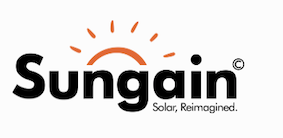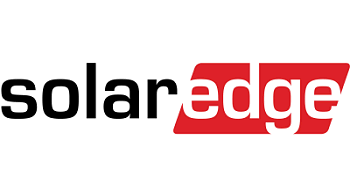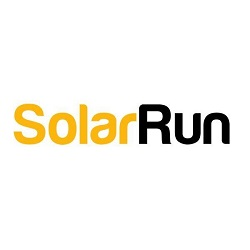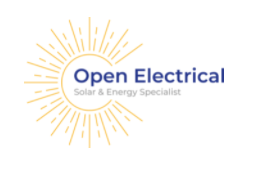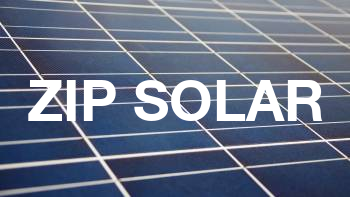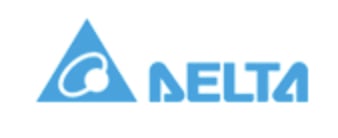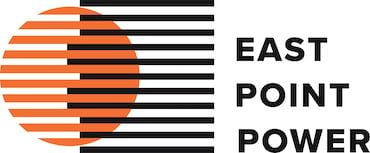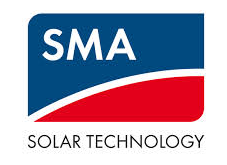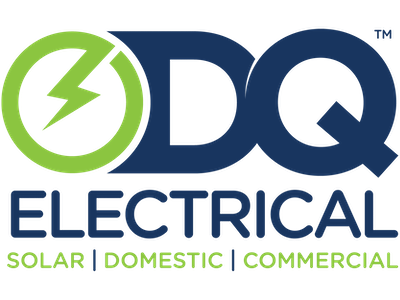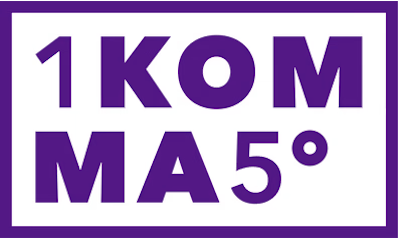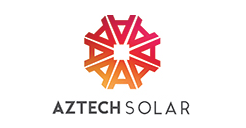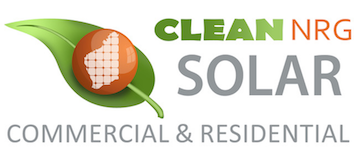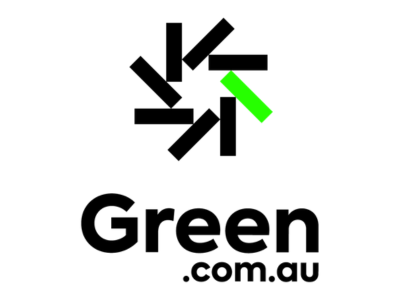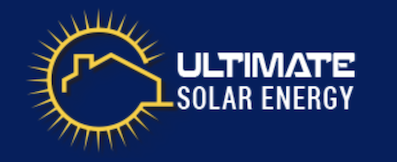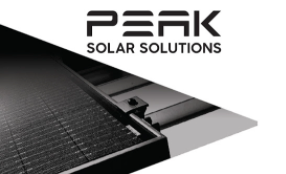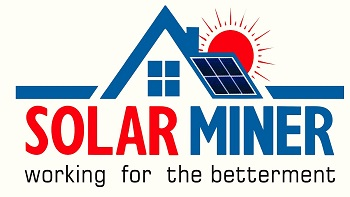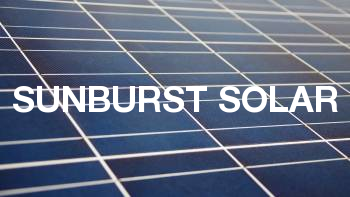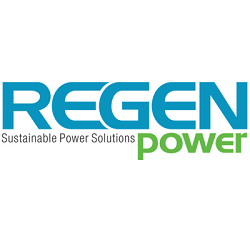

Finn's JA Solar Panels Review & Verdict
Finn Peacock has been a Chartered Electrical Engineer since 1998, and is ex-CSIRO
Cheap, reliable, and well-supported in Australia. Nothing to get excited about and nothing to complain about. A low-risk option for the budget-conscious.
JA Solar Panels: Pros & Cons
- Well established
- Responsive local support
- Competitive specification
- JA Solar Deep Blue 4.0 panels have a long 25 year product warranty in Australia
- Performance warranty of 30 years with their Deep Blue 4.0 panels having a very low rate of permitted deterioration
- As used by SA Water for large-scale farms supporting local water infrastructure
- Our in-house installer, Anthony, bought some...
- Their generally large size can be a drawback for rooftop installation.
About JA Solar
JA Solar is a giant manufacturer of solar panels. In September 2024 they said they expected to have over 100GW of panel manufacturing capacity by the end of the year. While not the largest panel manufacturer in the world, they aren't far off it.
They have concentrated on producing low-cost but reliable panels. Because they are reliable, well-supported in Australia, and good value for money SolarQuotes has no problem recommending them.
While JA Solar is a giant company, its panels are rarely used on Australian roofs. This is because they focus on providing panels for solar farms. Their panels are generally large and all are bifacial. Panels that are bifacial can use light that hits both their front and rear. While this provides no real advantage for panels used for typical rooftop solar, it's not a drawback and there's no problem using them on roofs.
Company History
JA Solar was founded in 2005 by Jin Baofang. I read some interesting stories about this billionaire in the past, but they seem to have been scrubbed from the internet so I can't back them up. But trust me, they were all good. Or at least good as in amusing.
This internet scrubbing may have had something to do with his detention by the Chinese government towards the end of 2020 on unspecified charges. But these days he's back running JA Solar.
Jin Baofeng got his start in solar in 1996, producing monosilicon with three small crucibles. Nine years later he created JA Solar which soon made him a billionaire.
In 2017 the company began the mass production of bifacial panels with a glass sheet on the front and back and solar cells sandwiched inside.
The company strategy is referred to as "One body, two wings" and it probably sounds better in Chinese. The body refers to the production of silicon and solar panels, while the wings refer to the production of other products required by solar farms and their construction and commissioning.
JA Solar Production
JA Solar shipped 57 gigawatts (GW) of solar panels in 2023 with 48% being exported from China. The figure for 2024 is expected to be modestly higher.
JA Solar produces its own silicon ingots, which it cuts into wafers to make solar cells. This makes it a vertically integrated company involved in the production of all the major solar panel components.
Production Locations
Most of JA Solar's production occurs in China, where they have multiple factories. They also produce panels in Malaysia, Vietnam, and Phoenix, Arizona. They plan to build capacity in India, but they've been planning this for a while and nothing much seems to happen.
JA Panels -- All Bifacial
JA Solar's current range of panels are called Deep Blue 4.0. JA Solar has told me their older Deep Blue 3.0 panels have been discontinued, but have seen them offered for sale in Australia as of March 2025. All their panels are 1.13m wide. The shortest is 1.76m while the longest is 2.47m. Shorter panels are easier to get up onto roofs and easier to position.
Bifacial Panels Suitable For Tilt Frames
While bifacial panels won't provide any significant increase in output for normal rooftop solar, if tilt frames are used they will allow light to hit them from behind and increase output. On a typical roof, this increase may be under 10%. But on a reflective white membrane roof it could result in a 27% increase. However, this is only likely to be achieved in a close-to-ideal situation and requires keeping the roof clean.
While the extra cost, clutter, and complexity of tilt frames -- as well as restrictions by many councils -- mean they're rarely used for residential solar, if they are used, it makes sense to have bifacial panels.
Panel Efficiency
Solar panel efficiency is the percentage of sunlight energy converted into electrical energy. JA Solar's Deep Blue 4.0 series is from 21.8% to 23.4% efficient. Since I'm currently happy to describe any panel that's 22% or more as "high efficiency" most of them count.
Heat Resistance
Solar panel efficiency is reduced by heat. All JA Solar Deep Blue 4.0 panels lose around 0.29% efficiency for each degree the temperature is over 25°C. This means when they're 45°C they'll only produce 94.2% as much power as at 25°C. This small loss isn't bad, but not exceptional for modern, good quality, panels.
Warranties
Solar panels come with two warranties:
- Product warranties: These cover defects in materials and construction.
- Performance warranties: These promise the panel won't lose more than a set amount of capacity each year.
While their older panels had 12 year product warranties, JA Solar now offers 25 year product warranties for Deep Blue 4.0 panels sold in Australia.
A 25 year product warranty is a long time, but their performance warranty is even longer at 30 years. It promises their Deep Blue 4.0 panels will lose no more than 1% of capacity in the first year and no more than 0.4% in each subsequent year. So after 30 years, they'll have a minimum of 84.7% of their original capacity. This is very good, but not unusual for quality modern panels.
Making A Warranty Claim
If you need to make a warranty claim, you should first contact your installer. But if they are no longer around, you can contact JA Solar directly.
JA Solar Sydney Office: (02) 8912 2165
If you'd prefer to email them, here's their address:
Financial Status
Having panels with a 12-year product warranty and a 30-year performance warranty won't do you any good if the company that made them is no longer around. While there is no guarantee any company will still be around 25 to 30 years from now, the good news is JA Solar's current financial position appears reasonably secure. In the first quarter of 2023, PV Tech placed them in the top category of their PV ModuleTech bankability report. This means they think they are one of the solar panel manufacturers least likely to suffer financial difficulties or go bankrupt.
Recommendation
JA Solar's panels have demonstrated reliability under Australian conditions, so SolarQuotes has no problem recommending them. I would be fine with having them installed on my roof.
JA Solar has 1 solar panel in our database
Filter by:
JA Solar Reviews (710)
Show Most Relevant reviews from All time
- 5 star 581
- 4 star 115
- 3 star 7
- 2 star 1
- 1 star 6
View Timeline
06 August 2024
06 April 2023
An incentive was offered by Energy Stuff for this review. Learn more here.
16 March 2023
02 July 2021
10 August 2020
19 March 2018
11 April 2025
22 July 2024
System works fine, just looks somewhat odd.
03 July 2024
29 January 2024
23 December 2023
An incentive was offered by Energy Stuff for this review. Learn more here.
26 August 2023
24 June 2023
07 March 2023
30 August 2022
28 March 2022
02 January 2022
06 August 2021
24 September 2020
14 September 2020
29 June 2020
Not a system problem though, just needs the government too wake up.
26 June 2020
18 January 2020
09 January 2020
10 December 2019
19 June 2019
06 September 2017
08 October 2015
14 February 2025
11 February 2025
An incentive was offered by Regen Power for this review. Learn more here.
30 January 2025
An incentive was offered by Regen Power for this review. Learn more here.
27 January 2025
An incentive was offered by Koala Solar for this review. Learn more here.


















































































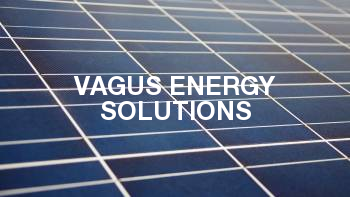
.png)
